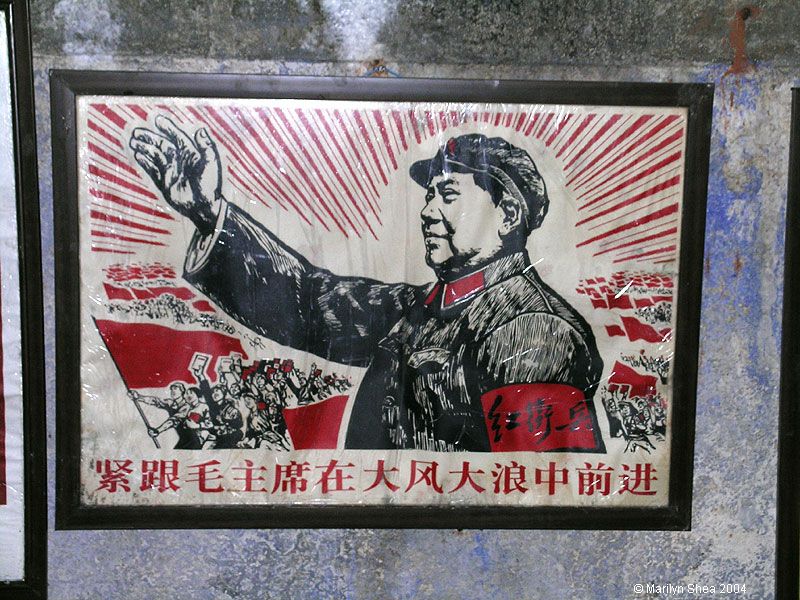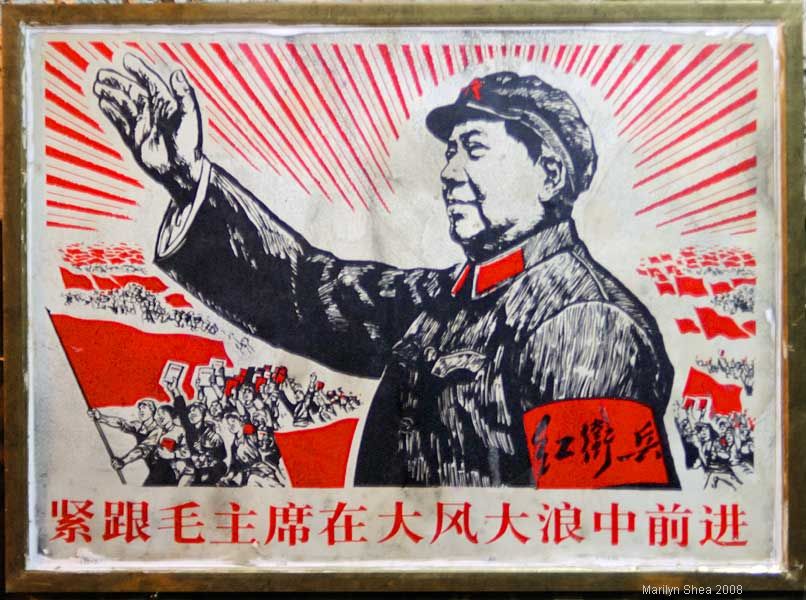| In the early 1930s Chiang Kai-shek was determined to eliminate the Communist threat to the government. The stronghold of the Communists was in the south of China in a province called Jiangxi. Through 1933, the Guomindang troops closed a noose around the province and slowly tightened it. The Soviet advisor to the CCP, Otto Braun, recommended frontal attacks on the Guomindang. A young member of the Central Committee, Mao Zedong, objected to many of Braun's strategies. Braun had Mao thrown off the Committee, considering his ideas counter to proper communist philosophy and strategy. Mao was not an important leader at that point and his idea of mobilizing the peasants was considered unorthodox and impossible. Marxist theory depended upon the workers as the backbone of the revolution - those who had suffered from the exploitation of the capitalists and who could, by their position, control the cities. The Russians had no respect for the peasants or serfs in the rural areas.
Under Braun's plan, the CCP lost over half of their territory and 60 thousand fighters. Braun at that point decided on a strategic withdrawal from Jiangxi by means of what is now known as the "Long March." The plan was to break through the ring of Guomindang forces surrounding Jiangxi and relocate at some new stronghold. It was a disaster. The Communists had started off with between 80,000 and 90,000 troops. When they encountered the Guomindang at the edge of Jiangxi in a place called Xiang, they lost almost half of the people who had joined the Long March.
The defeat made the ideas that Mao had proposed more attractive. He changed Braun's strategy completely. He broke the Communist forces into smaller groups, with the purpose of avoiding confrontation with the Guomindang. Where Braun had planned to march in a straight line out of Jiangxi, Mao zigzagged his way out so that the Guomindang would not know where the forces were. He jettisoned most of the supplies and traveled light and fast. He avoided cities and large towns and depended on support from the peasants in the countryside. He paid for what he needed, endearing himself to the peasants.
|

